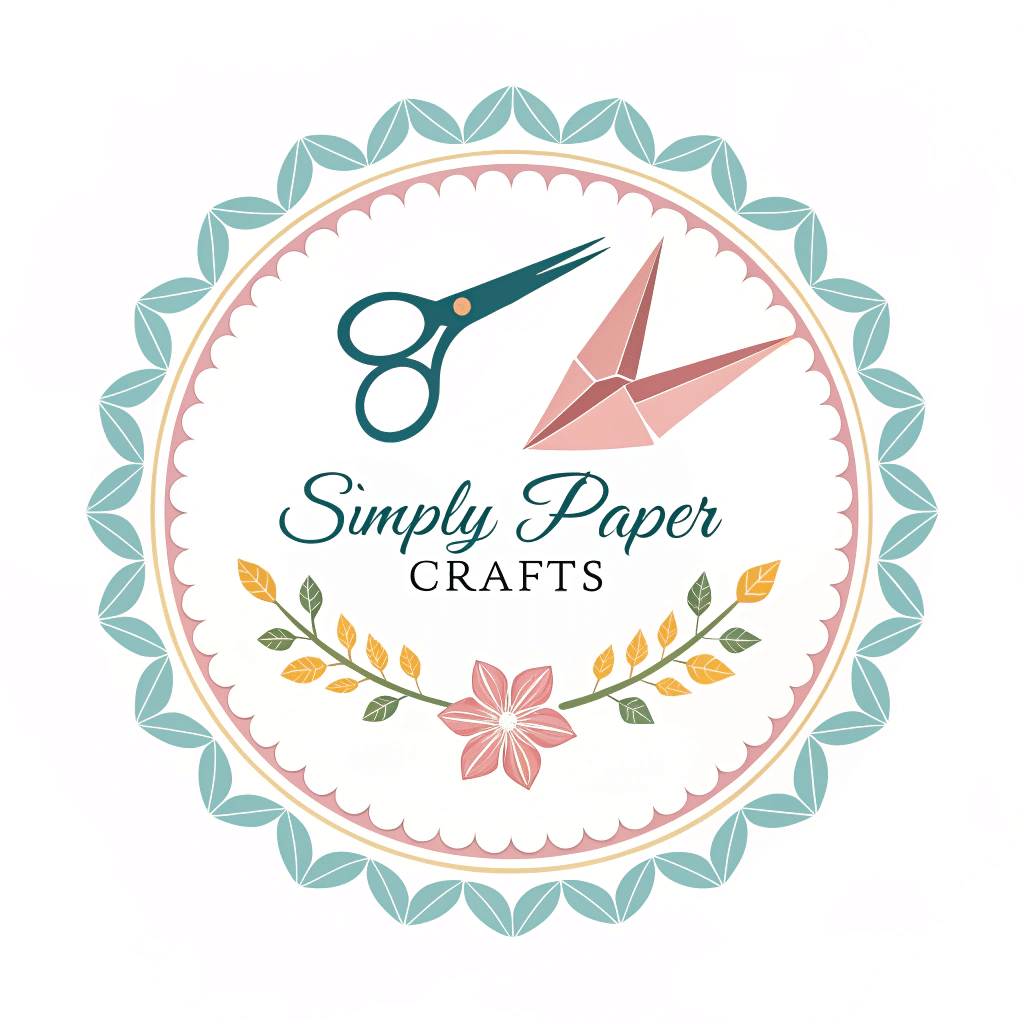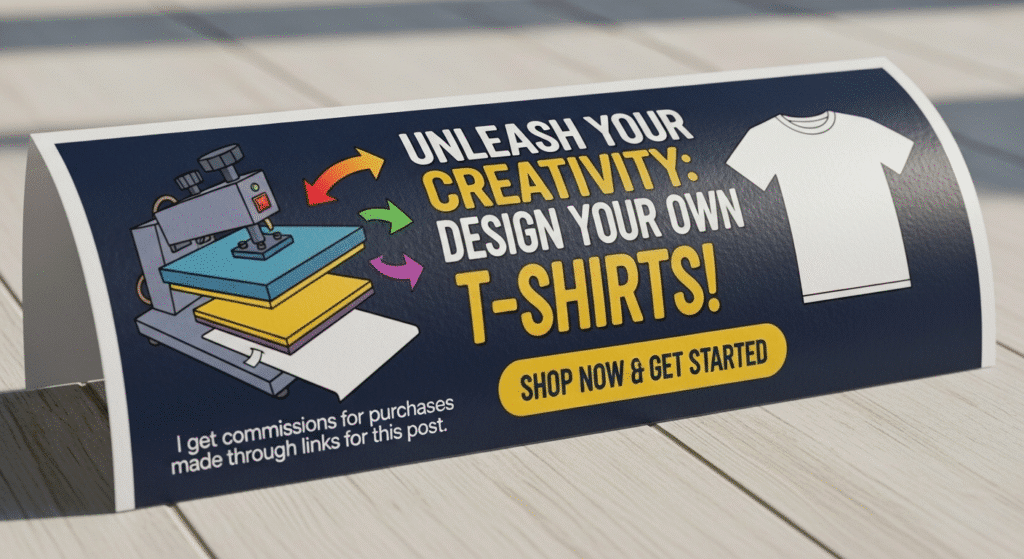Why do some paper towels absorb more water? This article on paper towel science explores absorbency and strength. Learn how to test different brands with simple home experiments.
Key Takeaways
- Paper towels’ absorbency comes from their porous cellulose fiber structure and capillary action, making them efficient at soaking up spills.
- Kirkland and Bounty brands are often found to absorb significantly more water than Sparkle and Viva.
- You can easily conduct absorbency and strength tests at home with simple materials to compare different paper towel brands.
- Fun experiments, like the rainbow walking water, help illustrate scientific concepts like capillary action while making learning engaging for kids.
- Understanding Paper Towel Absorbency
- Conducting an Absorbency Test
- Measuring Paper Towel Strength
- Materials List for Experiments
- Fun Science Project: Rainbow Walking Water
- Observing and Recording Results
- The Role of Capillary Action in Paper Towels
- Additional Paper Towel Science Projects
- Summary
- Frequently Asked Questions
Understanding Paper Towel Absorbency
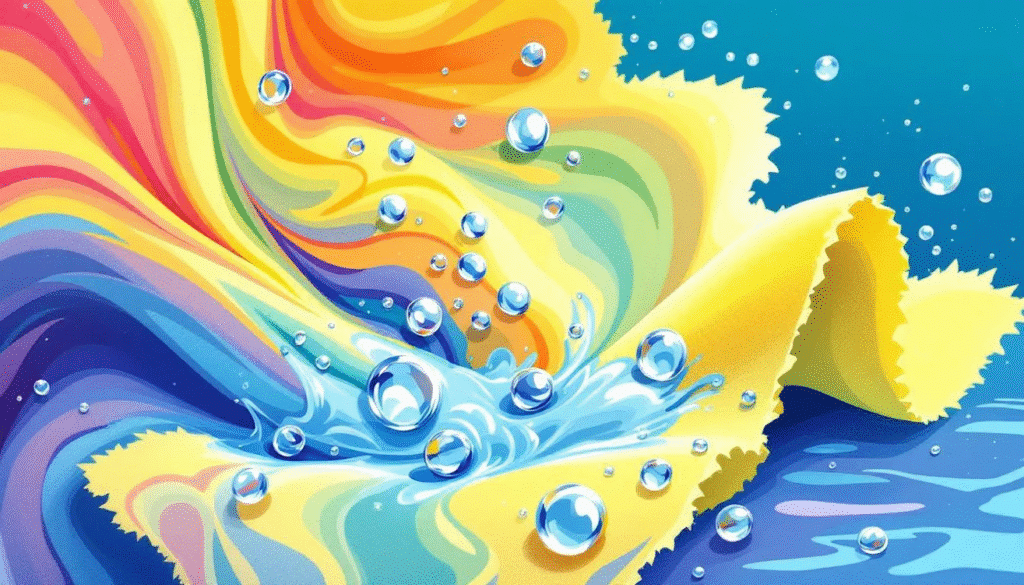
Have you ever wondered why paper towels are so good at soaking up spills? It all comes down to their structure. Paper towels are made from cellulose fibers that are highly porous and interconnected, which enhances their ability to absorb water effectively. These fibers create tiny spaces that act like mini sponges, drawing in and holding onto water.
The absorbency of paper towels is influenced by several factors:
- The cellulose fibers create a porous structure and form hydrogen bonds with water molecules, making them highly absorbent.
- The molecular composition of cellulose facilitates water retention.
- Softwood fibers from trees like pine and fir are longer and provide strength and durability to paper towels.
- The surface texture of paper towels, such as embossing, increases the amount of water they can hold.
Capillary action is another crucial factor in the absorbency of paper towels. This natural process, similar to how plants transport water from their roots to leaves, allows paper towels to draw water upwards through tiny gaps in their fibers. The larger surface area of paper towels enhances this capillary action, making them incredibly efficient at absorbing spills.
Conducting an Absorbency Test
Ready to put those paper towels to the test? Conducting an absorbency test is a straightforward and fun way to compare different brands. Start by gathering your materials: several brands of paper towels, a measuring cylinder, and some water. It’s essential to use multiple brands to see which one performs best. A measuring cup is also required to record the amount of water absorbed by each towel brand.
Take one sheet from each roll and cut them to the same size to ensure a fair test. Roll each sheet into a cylinder and place it in the graduated cylinder, submerging part of it in water. Allow the paper towel to remain submerged for a set duration to measure its absorption and retention of water. After the set time, record how much water was absorbed.
Perform multiple trials with each brand to ensure reliable results. Graph the average results from all trials to visually compare the absorbency of the different brands. This methodical approach will help you identify which paper towel is the most absorbent and provide a fun, hands-on learning experience.
Measuring Paper Towel Strength
Absorbency is only part of the story. To get the full picture, we also need to measure the strength of paper towels. Start by:
- Labeling each paper towel sheet with its brand name so you can keep track of your results.
- Using a large plastic tub to catch any water.
- Using weights to test the strength.
Begin by:
- Pouring a specific amount of water onto the paper towel placed over the tub.
- Adding weights one by one until the paper towel breaks. Quarters work well as weights and are easy to handle.
- Recording how many weights each paper towel can hold before it fails.
This will give you a clear idea of the strength of each brand. Puncture force tests measure how much weight a paper towel can withstand before breaking or puncturing, providing additional insights into their durability.
Chemical additives in some paper towels enhance their strength, helping them maintain integrity even when wet. Additionally, fluffiness can increase a towel’s capacity to trap and hold water. Some paper towels are made from recycled paper, which can result in a less absorbent and thinner product. By testing both absorbency and strength, you’ll gain a comprehensive understanding of which paper towel brand is the best overall.
Materials List for Experiments
Before diving into our experiments, let’s make sure we have all the necessary materials. You’ll need:
- cups
- water
- paper towels
- measuring tools like a graduated cylinder and a ruler These items are essential for both the absorbency and strength tests, which will be measured.
Fortunately, many of these materials are common household items, making these science experiments accessible and easy to perform at home. Whether you’re a parent, teacher, or student, gathering these supplies is the first step towards a fun and educational experience. Repeating experiments is essential for verifying outcomes in scientific research, so ensure you have enough materials for multiple trials.
Fun Science Project: Rainbow Walking Water
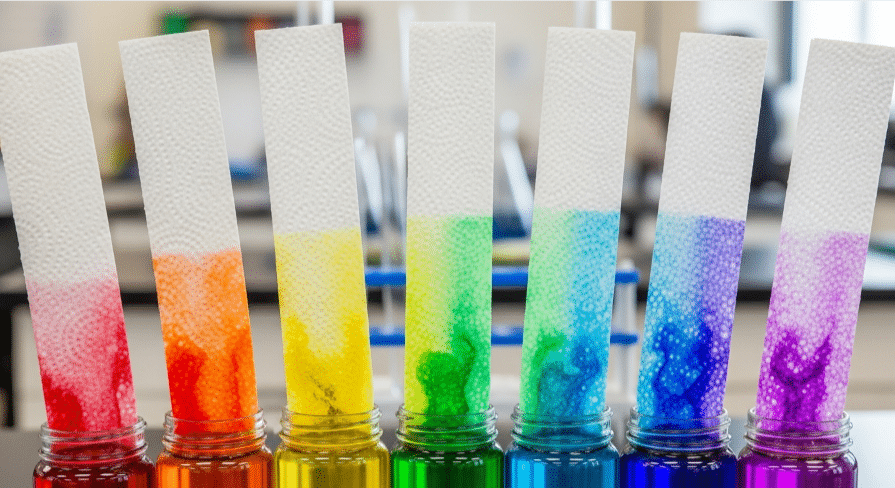
Now for a colorful twist! The rainbow walking water experiment is a visually stunning project that demonstrates capillary action in a fun way. You’ll need a few simple supplies: paper towels, cups, and food coloring. Pick-a-size paper towels or halved full sheets work best for this experiment.
Start by:
- Folding a half sheet of paper towel lengthwise twice.
- Placing halves of the paper towels from each cup to the next, creating bridges.
- Filling the cups about 3/4 full with water.
- Adding different yellow food coloring to each cup.
As the colored water travels up the paper towels, it will drop fill one cup to another, mixing colors and creating a rainbow effect with a pen in the space. You can tear and repeat this process for even more water vibrant results, bringing hope to your creative endeavors.
This experiment is perfect for engaging children and teaching them about capillary action. Encourage kids to predict what they think will happen and watch as the colors mix and change. It’s a fantastic way to make science both fun and educational.
Observing and Recording Results
Documenting your experiments is crucial for understanding and analyzing the results. To do this effectively:
- Use a notebook or journal to record the steps and outcomes of each experiment.
- Keep track of your observations.
- Make it easier to compare results later.
Creating graphs is a great way to visualize the strength test results and compare the performance of different paper towel brands. Use graph paper or printable worksheets to accurately record your data and see the differences clearly.
Encourage kids to reflect on their hypotheses and discuss their observations. Engaging in discussions about their findings fosters critical thinking and enhances their understanding of scientific concepts. It’s not just about doing the experiments but also about learning from them.
The Role of Capillary Action in Paper Towels
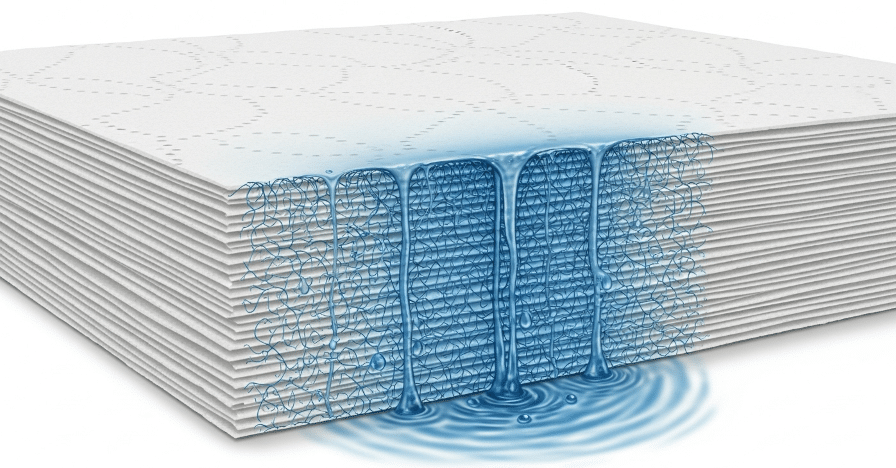
Capillary action is the magic behind paper towels’ ability to absorb water. This process occurs as:
- Water moves through the tiny spaces in the paper towel fibers.
- These gaps function like tiny capillary tubes.
- Water travels through the towel via these tiny tubes.
Water moves upward in the paper towel due to the attractive forces between the fibers and the water. This is similar to how water moves in plants, from roots to leaves. The cohesion among water molecules and their attraction to cellulose fibers enable this upward movement.
When a paper towel absorbs water, it draws liquid upwards against gravity through tiny gaps in its fibers, thanks to capillary action. This ability to absorb liquids against gravity is what makes paper towels so effective at cleaning up spills.
Understanding this process not only explain how paper towels work but also connects to broader natural phenomena.
Additional Paper Towel Science Projects
Looking for more paper towel fun? Try the paper towel color bridge experiment. It’s simple, quick, and inexpensive. Another great project is seed germination, where you can observe seeds sprouting over ten days using paper towels to plant them. This project is hassle-free and educational for kids.
For more experiment ideas, check out local museums or libraries. Engaging in these projects helps children learn about scientific methods in a fun and interactive way. It’s a fantastic opportunity to explore family bonding and fostering a love for science, especially for a child.
Summary
We’ve covered a lot of ground in our paper towel science experiments. From understanding absorbency and strength to engaging in fun projects like the rainbow walking water, these activities offer a wealth of learning opportunities. Tests demonstrate that different brands perform variably in absorbency and strength assessments, highlighting the importance of experimentation.
So, grab some paper towels and start experimenting! Whether you’re a parent, teacher, or curious learner, these projects are sure to inspire and educate. Happy experimenting!
Frequently Asked Questions
What materials do I need for these paper towel experiments?
You’ll need paper towels, cups, water, measuring tools, food coloring, and some weights like quarters for your experiments. Just gather these things, and you’re all set to have some fun!
How does capillary action work in paper towels?
Capillary action in paper towels works by water traveling through small gaps in the fibers, thanks to adhesive and cohesive forces. This is why they soak up spills so well!
Why is it important to test both absorbency and strength?
It’s crucial to test both absorbency and strength because it gives you a clear picture of how well a paper towel will perform in real-life situations. You want something that not only soaks up spills but also holds together under pressure!
Can I use any brand of paper towels for the experiments?
Absolutely, you can use any brand of paper towels, but trying out different ones is a great way to see which performs the best. Have fun experimenting!
What is the rainbow walking water experiment?
The rainbow walking water experiment is a cool project where colored water moves through paper towel bridges between cups, showing off capillary action and how colors can mix. It’s a fun way to explore science and get a little creative!
